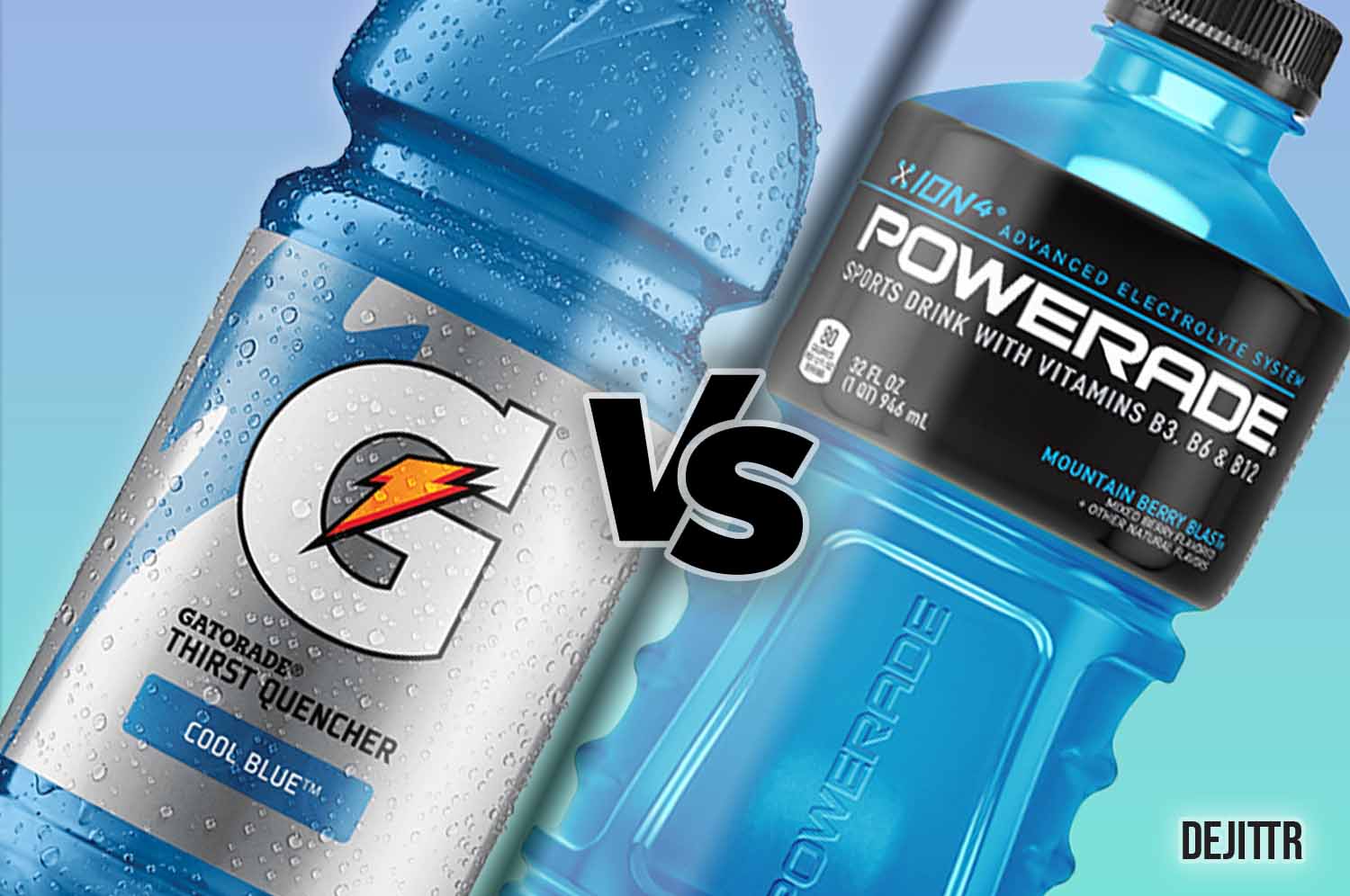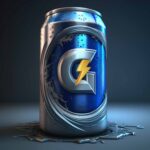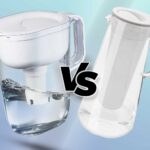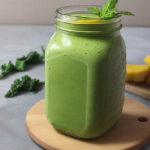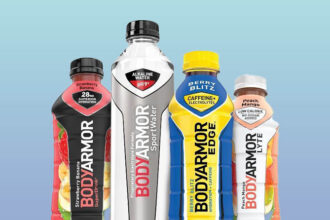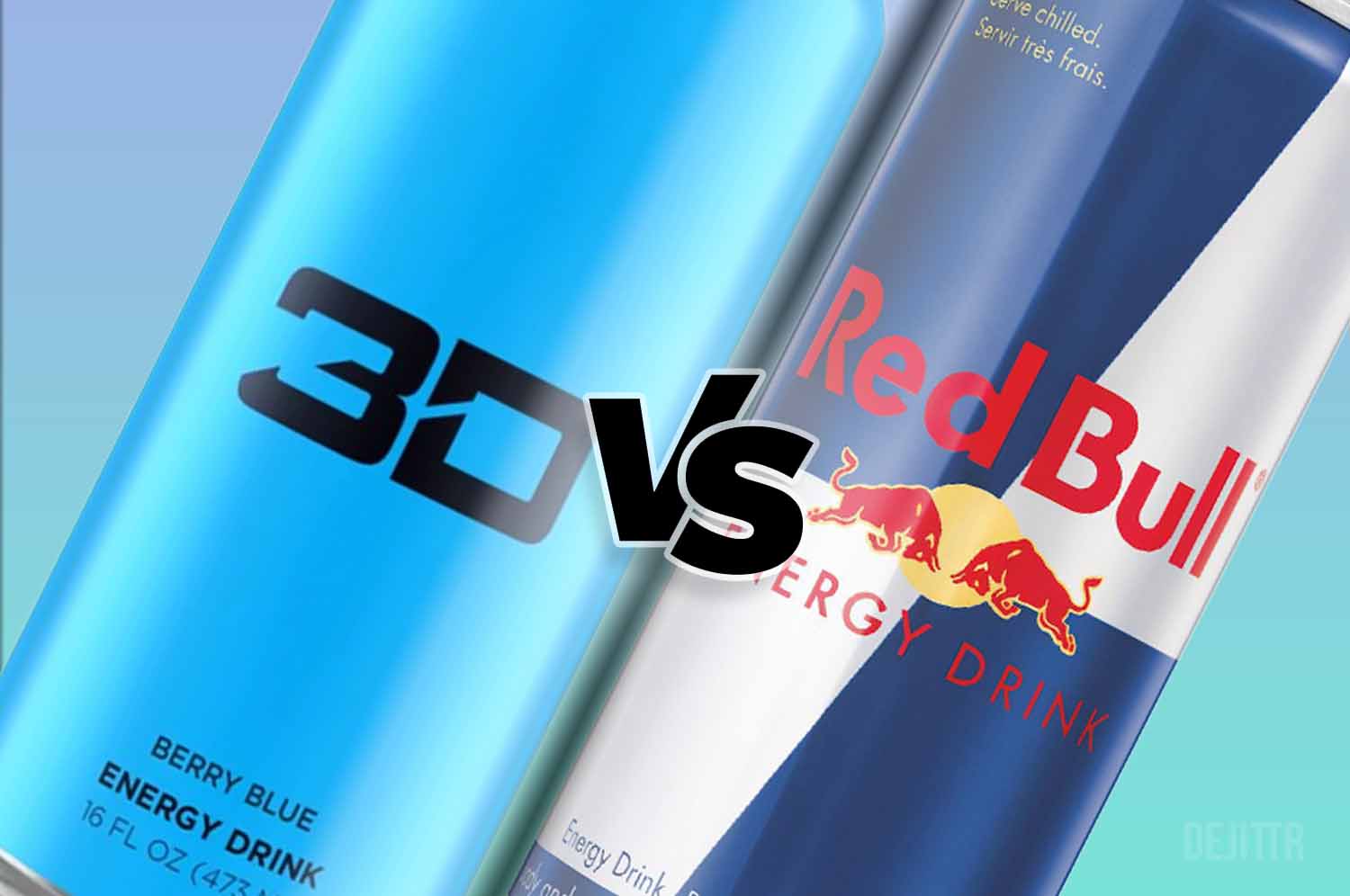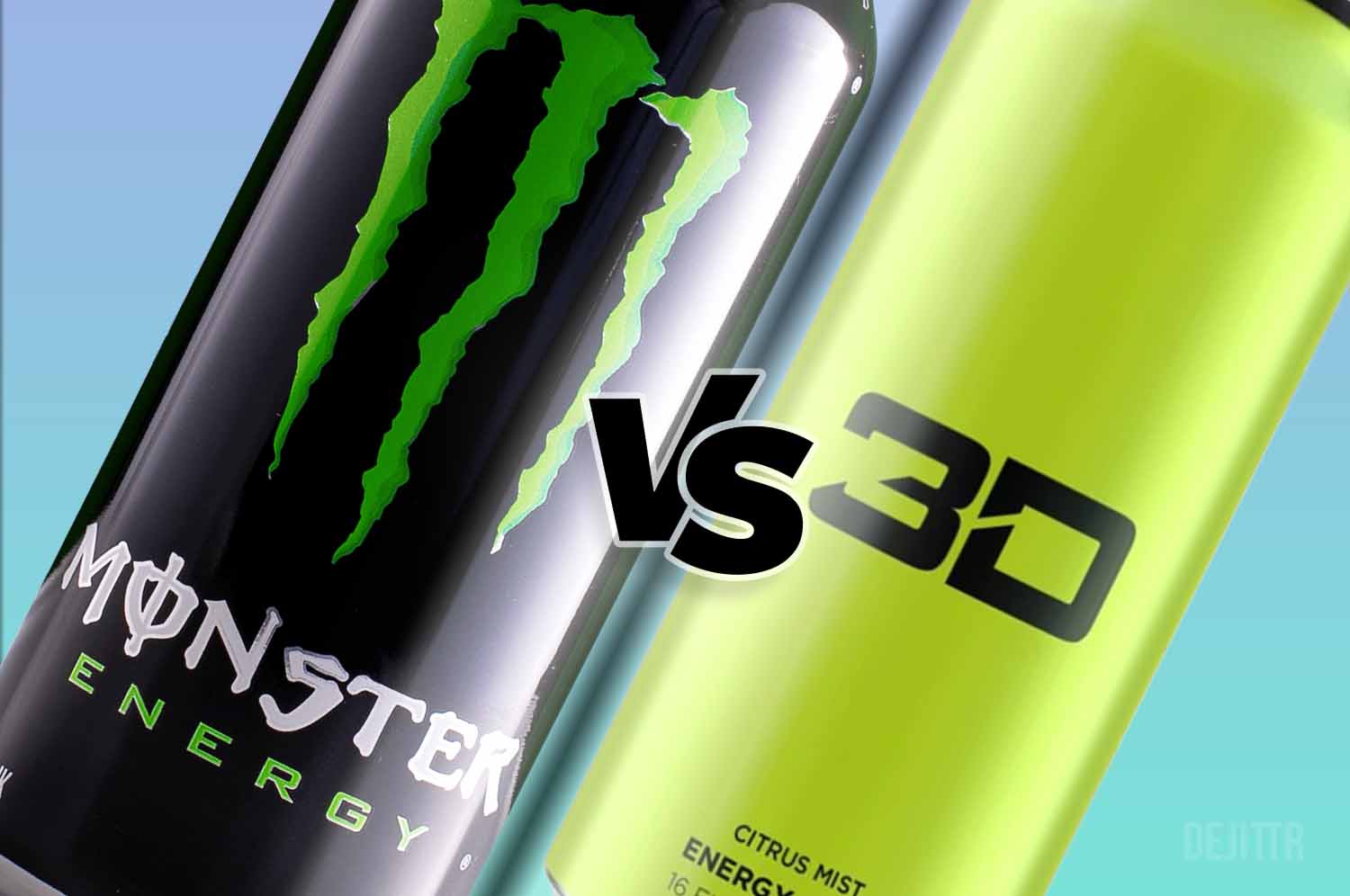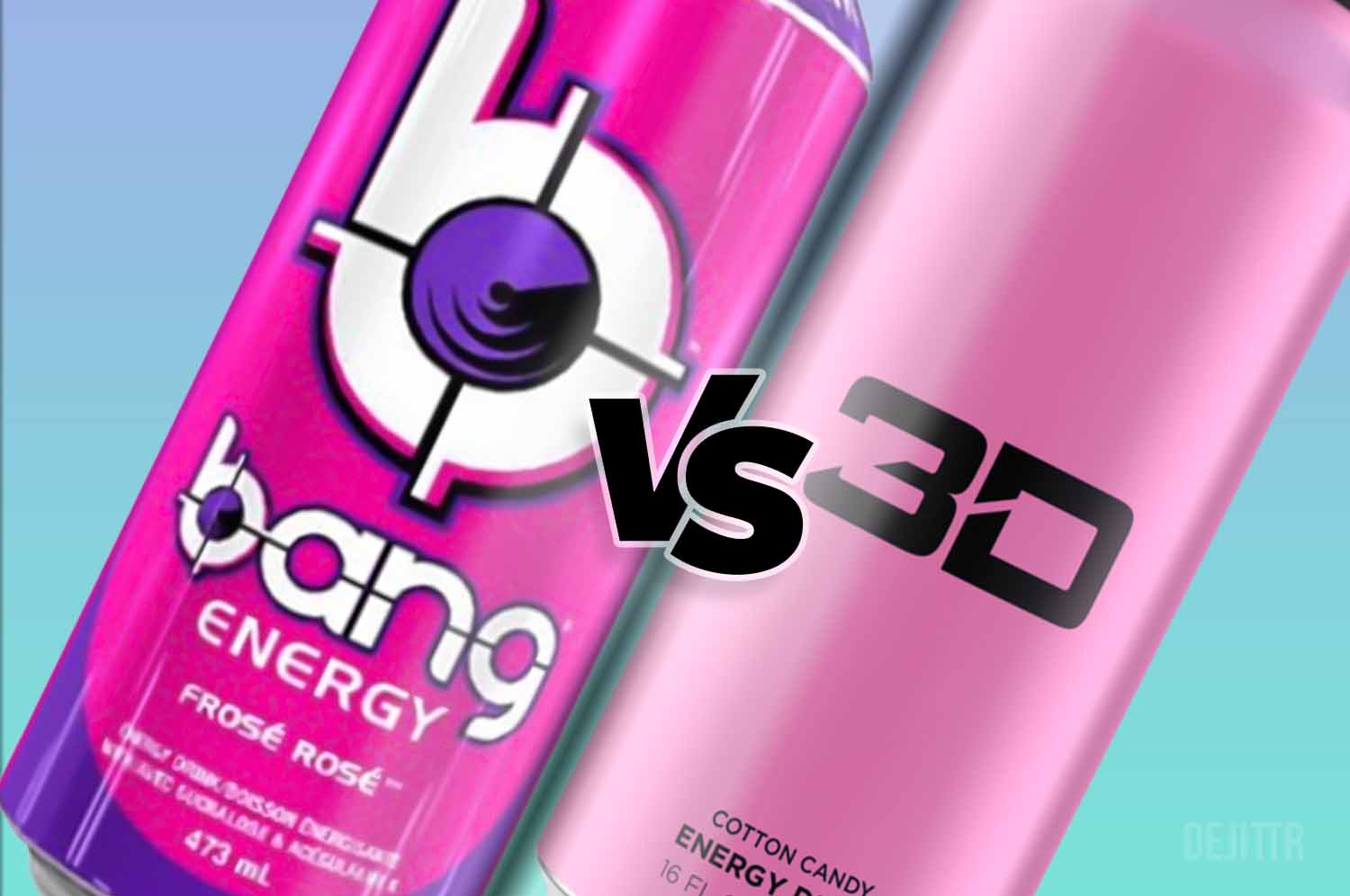If you’re thirsty for the truth about sports drinks, you’re in luck! Gatorade and Powerade are two of the biggest players in the game, but which one is truly superior? In this article, we’ll dive into the nitty-gritty details and help you figure out which drink will help you win on the field or in the gym.
Key Takeaways:
The main differences between Gatorade and Powerade lie in their nutritional content, taste, and cost. While Gatorade is higher in calories and sugar, and tends to be slightly more expensive; it has a unique salty and citrusy flavor. On the other hand, Powerade is generally sweeter than Gatorade.
Continue reading to discover a comprehensive comparison between Gatorade and Powerade.
Is Gatorade Better Than Powerade?
When it comes to sports drinks, Gatorade and Powerade are two heavy-hitters.
If you’re looking for a drink that packs an extra punch of energy, then Gatorade is your go-to. With its higher calorie and carb content, it can help you power through a tough workout or game.
On the other hand, if you’re looking for an electrolyte and energy replenishment drink that won’t break the bank, then Powerade is your winner. It can give you the boost you need without hitting your wallet too hard.
Ultimately, both drinks are suitable for athletes and active individuals, so it really comes down to what you’re looking for in a sports drink.
1. Ingredients Breakdown
Gatorade Ingredients:
- Water
- Sugar
- Dextrose
- Citric Acid
- Salt
- Sodium Citrate
- Monopotassium Phosphate
- Gum Arabic
- Natural Flavor
- Glycerol Ester of Rosin
- Sucrose Acetate Isobutyrate
- Yellow 6
Let’s break down the ingredients in Gatorade and explore their benefits and purpose.
Water is the primary ingredient in Gatorade, and it plays a crucial role in hydration. Drinking water helps replace fluids lost through sweat during physical activity and keeps the body functioning properly.
Sugar and dextrose are added to Gatorade to provide a quick source of energy to the body. They are simple carbohydrates that are easily broken down and absorbed by the body, providing a rapid energy boost during exercise.
Citric acid is used as a preservative and flavoring agent in Gatorade. It provides a tangy taste and also helps to prolong the shelf life of the drink.
Salt and sodium citrate are included in Gatorade to help replenish the sodium lost through sweat during exercise. Sodium is a vital electrolyte that plays a key role in maintaining proper fluid balance in the body.
Monopotassium phosphate is another electrolyte added to Gatorade. It helps to regulate the body’s acid-base balance and also aids in muscle function and energy production.
Gum arabic is a natural emulsifier that helps to keep the ingredients in Gatorade evenly distributed throughout the drink.
Natural flavor is used in Gatorade to enhance the taste of the drink. Glycerol ester of rosin is used as an emulsifier in Gatorade, helping to keep the ingredients well mixed and preventing them from separating.
Sucrose acetate isobutyrate is used as an emulsifier and stabilizer in Gatorade. It helps to prevent the flavors and colors from breaking down and settling at the bottom of the bottle.
Lastly, Yellow 6 is a food coloring agent used in Gatorade to give it its signature yellow color.
Overall, Gatorade is formulated to help athletes and active individuals replenish the fluids, carbohydrates, and electrolytes lost during exercise. Its ingredients are carefully selected to help provide a quick source of energy, rehydrate the body, and maintain proper fluid and electrolyte balance.
Powerade Ingredients:
- Water
- High fructose corn syrup
- Citric acid
- Electrolytes (salt, mono-potassium phosphate, magnesium and calcium chlorides)
- Vitamins B3, B6, B12 (niacinamide, pyridoxine hydrochloride, cyanocobalamin)
- Ascorbic acid (to protect taste)
- Calcium disodium EDTA (to protect color)
- Gum acacia
- Natural flavors
- Glycerol ester of rosin
- Yellow 5 and 6
The first and most abundant ingredient in Powerade is water. Next on the list is high fructose corn syrup. This ingredient is a sweetener that provides a quick source of energy. However, it’s important to note that high fructose corn syrup has been linked to health concerns when consumed in large quantities. It’s recommended to consume high fructose corn syrup in moderation.
Citric acid is an ingredient used to add tartness to the flavor of Powerade. Citric acid is naturally found in citrus fruits and provides a sour taste. Besides flavor, citric acid also acts as a preservative to extend the shelf life of Powerade.
Powerade also contains electrolytes, which are essential minerals that help regulate fluid balance in the body. The electrolytes in Powerade include salt, mono-potassium phosphate, magnesium, and calcium chlorides.
Gum acacia is a natural ingredient that is used to stabilize the texture and consistency of Powerade. Gum acacia is extracted from the sap of acacia trees and is commonly used in the food industry.
Natural flavors are used to enhance the taste of Powerade. These flavors are derived from natural sources such as fruits, vegetables, and spices. Natural flavors are a healthier alternative to artificial flavors.
Glycerol ester of rosin is an emulsifier used to help blend oil and water-based ingredients together. It’s a natural ingredient derived from pine trees and helps to create a consistent texture and flavor in Powerade.
Yellow 5 and 6 are artificial colorants used to give Powerade its bright and vibrant color.
Powerade also contains vitamins B3, B6, and B12, which are essential for energy metabolism. These vitamins help to convert food into energy and promote overall energy levels in the body. The specific forms of these vitamins in Powerade are niacinamide, pyridoxine hydrochloride, and cyanocobalamin.
Ascorbic acid is another name for vitamin C and is used in Powerade to help protect the flavor from deteriorating over time. Vitamin C is a powerful antioxidant that helps to protect cells from damage caused by free radicals.
Lastly, calcium disodium EDTA is a preservative used to protect the color of Powerade. This ingredient helps to prevent the natural color of Powerade from fading over time.
Overall, Powerade is a sports drink that provides hydration, energy, and electrolytes to help athletes and active individuals perform at their best. Other than artificial colorants, preservatives and use of sweeteners, in general, everything in the ingredient is good and has the potential to adequately power you through your intense activity sessions.
2. Electrolyte Breakdown
| Electrolytes: | Gatorade: | Powerade: |
| Sodium | 270 mg | 150 mg |
| Potassium | 80 mg | 40 mg |
| Magnesium | 0 mg | N/A |
Remember that here, we’re using the Gatorade Thirst Quencher and the Powerade Orange as a reference, but both brands offer a variety of sports drinks with different ingredients.
In general, we can say that both Gatorade and Powerade provide a good source of electrolytes to help you replenish what you lose during exercise or physical activity.
Electrolytes are important minerals that regulate fluid balance and are lost through sweat. So, it’s essential to replenish them to avoid dehydration and maintain proper hydration.
While some of the specific ingredients may vary between the different products, both Gatorade and Powerade use sufficient electrolytes to help you stay hydrated and perform at your best.
3. Nutrition Comparison
| Comparison: | Gatorade: | Powerade: |
| Calories | 140 | 80 |
| Total Carbs | 36 g | 21 g |
| Total Sugars | 34 g | 21 g |
Let’s dive into the nutritional comparison between Gatorade and Powerade! First up, we have the calorie count. Gatorade has 140 calories per serving, while Powerade has only 80 calories. This could be a deciding factor for those watching their calorie intake, but keep in mind that the calorie difference is relatively small.
Moving on to total carbs, Gatorade has 36 grams compared to Powerade’s 21 grams. Carbohydrates are important for energy, especially during exercise, but too much can also lead to an insulin spike and subsequent crash. So, if you’re looking for a sports drink with fewer carbs, Powerade might be the way to go.
Lastly, let’s talk about total sugars. Gatorade has a whopping 34 grams of sugar, while Powerade has 21 grams. While both contain added sugars, this could be a concern for those trying to limit their sugar intake. On the other hand, the sugar can be beneficial during intense exercise to quickly restore glycogen levels and prevent fatigue.
Overall, both Gatorade and Powerade can be beneficial if you are an active individual such as an athlete or sports person and want to quickly replenish your energy levels. However, if you have a moderate activity level throughout the day, it’s wise to be mindful of the high calorie and sugar intake from both drinks.
4. Taste Comparison
Gatorade’s flavor is a mix of salty and sweet with a zesty citrusy kick. It’s the kind of taste that can wake up your taste buds and make you feel refreshed after a workout. As for Powerade, it’s a bit sweeter than Gatorade, and that’s likely because of the type of sweetener they use.
Overall, both sports drinks pack a decent flavor punch that you’d expect from a drink that’s powered by electrolytes and vitamins. They both do the job of quenching your thirst and replenishing lost nutrients after a workout or a long day of physical activity. So whether you’re a Gatorade or Powerade fan, you can’t go wrong with either one.
5. Cost Comparison
The cost of an 8 pack of 20 oz. Gatorade Thirst Quencher is $8.49. On the other hand, the cost of an 8 pack of 20 oz. Powerade is $6.99. So we can say that there is only a slight difference in cost between both sports drinks with Gatorade being a bit more expensive than Powerade.
6. Brief Brand Comparison
Gatorade is one of the most popular sports drinks in the world, and it all started back in 1965 at the University of Florida. Today, Gatorade is a household name and is used by athletes all over the world. It’s packed with electrolytes and carbs, which can help athletes recover after a tough workout or game.
It comes in a variety of flavors and sizes, making it a convenient option for people with different tastes and lifestyles. Currently, the Pepsico Brand is the owner of Gatorade.
On the other hand, Powerade is another popular sports drink that was introduced in the 1980s. It’s made by The Coca-Cola Company and is known for its sweet taste and affordable price. Like Gatorade, it’s also packed with electrolytes, but it has a slightly lower calorie and carb content.
Pros And Cons Of Gatorade
| Pros | Cons |
| Packed with electrolytes to help in better nutrients replenishment | Contains artificial colors |
| Adequate carbohydrate content for energizing after a workout or high intense activity | High in calories and sugar |
Pros And Cons Of Powerade
| Pros | Cons |
| Adequate Electrolytes to replenish their levels in the body | Contains artificial colorants and preservatives |
| Enough carbohydrates to energize the body | Contains High Fructose Corn Syrup |
Final Verdict – Which Is Better: Gatorade Or Powerade
It really depends on your personal preferences. Some may prefer the taste of Gatorade, while others may prefer Powerade for its relatively cheaper cost.
But overall, both drinks are suitable for athletes and people who engage in physical activity. Ultimately, it’s important to choose a sports drink that meets your individual needs and tastes.


